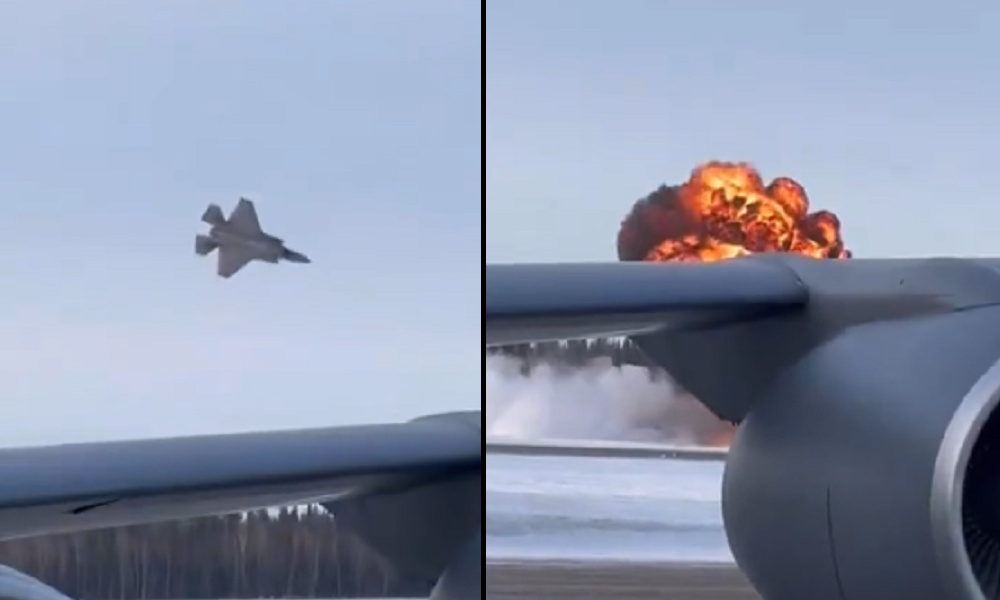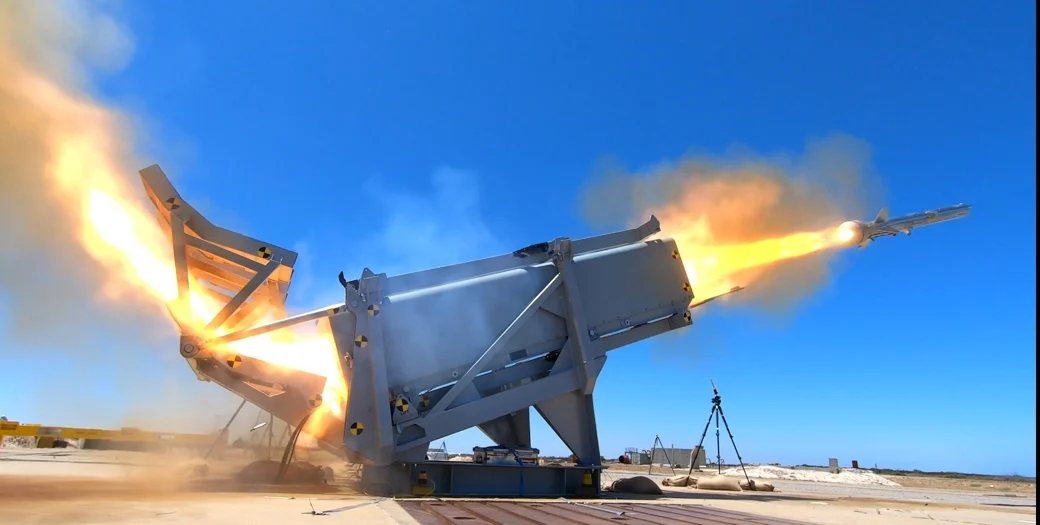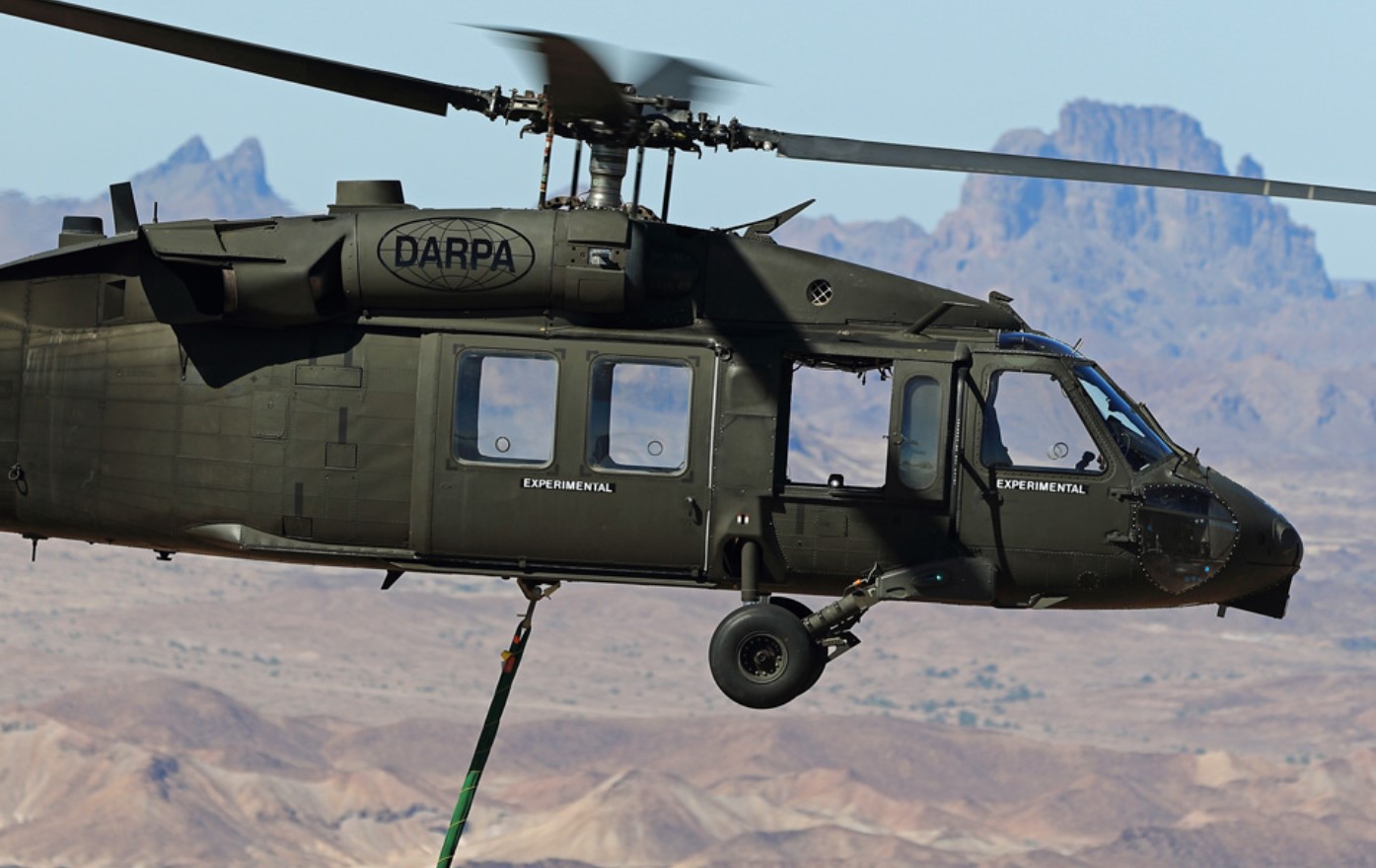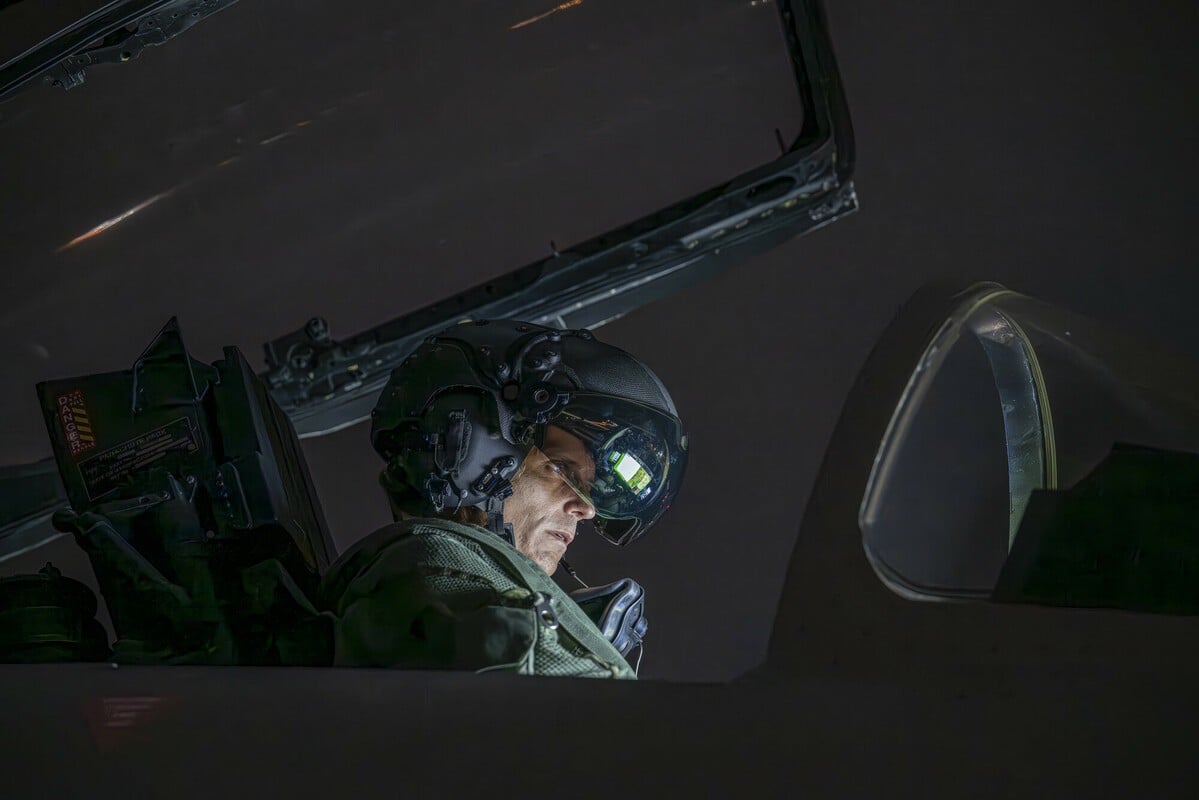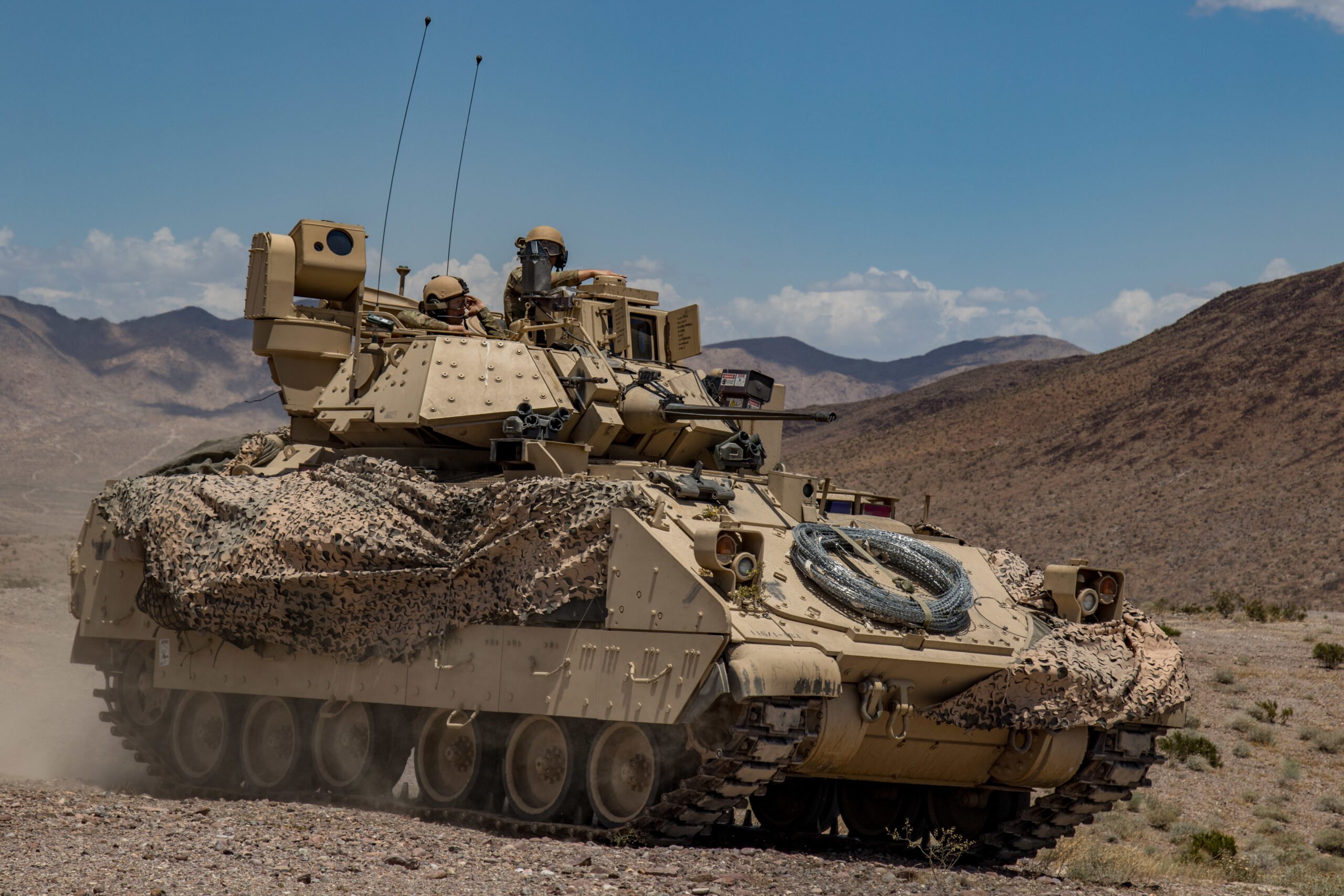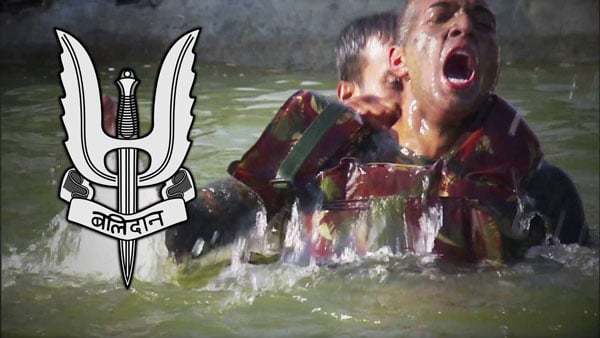The US Department of Defense (DoD) has unveiled a comprehensive strategy designed to bolster the protection of military facilities and personnel against the rising threats posed by drones. While the specifics of the strategy remain classified, an unclassified fact sheet outlines its wider objectives, particularly emphasizing the importance of enhancing the Pentagon’s understanding of emerging drone threat patterns.
A key element of the strategy is the commitment to foster stronger collaboration with allies and industry partners, which is crucial for ensuring the swift and large-scale deployment of effective counter-drone solutions. This collaborative approach is highlighted by the DoD’s intention to integrate counter-drone technologies into future force designs and initiatives, signaling a long-term investment in addressing this evolving threat.
The Pentagon recognizes that a focus solely on current challenges is insufficient. “Focusing on the near-term problem is not enough,” the statement declares. The comprehensive strategy for countering unmanned systems encourages the department to extend its gaze beyond immediate threats and to consider potential future risks.
This new department-wide strategy builds upon fundamental counter-drone initiatives that have been previously established, including the formation of the Joint Counter-Small UAS Office and the initiation of the Replicator 2 program. The DoD characterizes unmanned systems as an “urgent” and “enduring” threat to the US military on a global scale, highlighting the necessity for a unified approach to countering these challenges.
“These threats are changing how wars are fought,” the department noted. By consolidating efforts into a singular strategy for confronting unmanned systems, the Secretary of Defense and the department aim to achieve a common understanding of the challenges posed by drones and a coordinated response to address them effectively.
The urgency of this strategy is further underscored by ongoing threats faced by the US military, particularly exemplified by drone attacks from Houthi rebels in the Red Sea. These developments complicate security operations in the region. Additionally, the tragic loss of three American soldiers due to a drone attack attributed to Iran-backed militants at a military base in Jordan brings the immediate dangers of drone warfare into sharp relief and reinforces the need for enhanced defensive measures.



